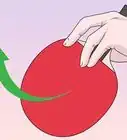This article was co-authored by wikiHow Staff. Our trained team of editors and researchers validate articles for accuracy and comprehensiveness. wikiHow's Content Management Team carefully monitors the work from our editorial staff to ensure that each article is backed by trusted research and meets our high quality standards.
There are 11 references cited in this article, which can be found at the bottom of the page.
wikiHow marks an article as reader-approved once it receives enough positive feedback. In this case, several readers have written to tell us that this article was helpful to them, earning it our reader-approved status.
This article has been viewed 237,751 times.
Learn more...
Serving is one of the most important parts of playing table tennis. You can't win a match without a good serve! It’s important to follow the rules when you’re serving, as you don’t want to get called out by the official. You can also make your serves more difficult to return by practicing basic and advanced serves.
Steps
Getting into the Proper Position
-
1Hold the ball flat in the palm of your hand. To start a legal serve, keep your hand completely open and flat after you pick up the ball. Let the ball sit there for a second or two, as your hand needs to be stationary, or still, before you throw it up into the air.[1]
- Any illegal serve can result in the official calling it “incorrect.” While you may be warned one time during a match or if the official is unsure if the serve is legal, any clearly incorrect serves will lead your opponent to get your points![2]
-
2Keep the ball above the table and behind your serve line. The hand holding the ball (which will become your “free hand”) has to be above the table as you get ready to serve. The ball itself should remain behind the end of the table (your serve line).[3]
- Your thumb can cross the serve line as long as the ball itself doesn’t.
Advertisement -
3Keep your racket hand below the table to hide it. Unlike the ball, your racket can be hidden under the table. Doing this may help you hide the kind of serve you’re going to make. You’ll need to quickly bring your racket up once you throw the ball into the air to get ready to serve.[4]
- Until you’ve practiced serving, leave your racket hand above the table. This tricky technique is legal, but it’s best reserved for more advanced players.
-
4Throw the ball at least 6.3 inches (16 cm) up in the air. This is the minimum height required by the officials. Any lower and it won’t be counted as a legal serve. The ball needs to be thrown up vertically rather than sideways or diagonally. [5]
- Make sure that your throw makes the ball go almost straight up into the air. You can’t, for example, just drop the ball from a height of 6.3 inches (16 cm). This won’t be considered a vertical toss.
-
5Strike the ball when it’s falling. Don’t hit the ball when it’s still going up in the air or when it’s at the top of your throw. Wait until it’s coming back down toward the table to avoid getting called out by the official.[6]
-
6Bounce the ball on your side before it goes over the net. Hit the ball so that it lands on your side first. If it just sails over the net without bouncing, it’s an illegal serve.[7]
- Practice until you get the proper amount of force needed to follow this rule. You want a serve that’s fast enough to trick your opponent, but not so strong that it misses your side of the table.
- The ball can also go around the net so long as you can curve it enough to get it back onto your opponent’s side of the table. This is a pretty difficult skill, so aim straight over the net until you’re sure you can make a curving serve.[8]
-
7Hit anywhere on the table if you’re playing singles. Your opponent’s whole side is fair game if it’s just the two of you. This lets you really use the table. You can do short and long serves to make the match more difficult for your opponent.[9]
-
8Hit the opposite diagonal if you’re playing doubles. You’re restricted to the square that’s diagonal from you if you’re playing with partners. Anything that hits outside this square is illegal.[10]
-
9Move your free arm away from the ball once you’ve served. It’s illegal to “hide” the the ball from the official or your opponent with your hand once you’ve served. Pull your free hand all the way back so you don’t get accused of doing this.[11]
Learning Spins
-
1
-
2Graze the ball from the top for topspin. Using a closed racket, brush the top of the ball in a quick forward motion with your racket. The ball will rise as it moves away from you and then curve downward.[14]
-
3
-
4Graze the ball from the bottom for backspin. Using an open racket, brush the bottom of the ball in a quick forward motion with your racket. Keep the ball low and straight as it travels over the net.[17]
-
5Graze the ball on the sides to get sidespin. Hit the ball on the left to get it to rotate right, and on the right to get it to rotate left. This will cause the ball to bounce in those directions. These tricky serves can be very difficult to return, as your opponent won’t know which direction they need to run in to get the ball.[18]
-
6Use fast wrist actions to improve your spins. Snapping your wrist gives you really quick contact with the ball, adding speed. This speed will add more spin to your serves, making your serves much more difficult to return. Practice developing this snap every time you serve.[19]
Doing Basic Serves
-
1Angle your body about 45° away from the table. Your leading foot (right if you’re right-handed) should be slightly farther away from the table than your other foot. This will allow you to angle your body away from the table. You’ll use this position to get more power when you turn your body into the serve.[20]
-
2Bend your knees and keep your legs shoulder-width apart. Your stance should be strong and steady. Not only will this keep you balanced as you get ready to serve, it’ll also let you move quickly when you need to return the ball.[21]
-
3Bend your body forward slightly for balance. Lean over from your waist, rather than your chest. Keep your shoulders back and open. Check your balance to make sure your lean makes you feel steadier.[22]
-
4Hold your racket ready with your elbow bent at a 90° angle. This position is perfect for getting your arm in position to use your wrist and forearm when you serve. Keep your arm loose and don’t lock your elbow.[23]
-
5Move the bat down and forward for a forehand backspin serve. Move your racket back and slightly up after you throw the ball. Then bring your arm forward, turning your body and shoulder as you do so. This is a backspin serve, so hit the ball from the bottom with an open racket.[24]
- Stay focused on the ball throughout the throw and serve.
-
6Hit the ball up and forward for a forehand topspin serve. Move your racket back and slightly up after you throw the ball. Bring your arm forward by turning your body and shoulder. Right before you make contact with the ball, put your racket into a closed position and strike the top of the ball.[25]
- Stay focused on the ball throughout the throw and serve.
-
7Turn your arm across your body for backhand serves. Backhand serves involve a different arm position. Position the racket in front of your body by turning your arm across your torso. These serves can also involve different kinds of spin.[26]
- Serves with sidespin are usually delivered from the backhand position.[27]
- Stay focused on the ball throughout the throw and serve.
Doing Advanced Serves
-
1Hit the ball with a short stroke for a short backspin serve. Backspin serves are best when your opponent is standing back from the table. They can add variety to a match that has contained lots of long, topspin serves.[28]
-
2Add sidespin to a backhand serve for a tough return. If your opponent doesn’t know which way you’re going to spin the ball, they’ll need to stand in the middle of their side. This will make it tough for them to return any sidespin serves.[29]
-
3Use a high toss to get more spin. The longer the ball is in the air, the faster it’ll be coming down. This fast speed will allow you to put more spin onto the ball after you strike it. If you have more spin, your opponent may have a tougher time returning the ball.[30]
-
4Do a forehand pendulum serve by striking from left to right. This serve puts a little sidespin on the ball. This will make the ball difficult to return with a backhand, as it’ll break away from your opponent and may not make it back over the net. Your racket should be in the closed position for this serve.[31]
-
5Do a reverse pendulum serve by striking from right to left. This serve also puts sidespin onto the ball, this time from the opposite direction. Most players are more used to the standard forehand pendulum, so this serve may catch them off guard.[32]
-
6Strike right to left with racket tip up for a tomahawk serve. Using an open racket, hit the ball from right to left. This serve will also add sidespin and make it difficult for your opponent to control their return.[33]
-
7Practice varied lengths, spins, and placements. The best way to have a great serve game is to be prepared with lots of options. You’ll probably develop a specialty that becomes your favorite go-to serve. Be sure you also practice long and short serves, all the different spins, and different table placements. [34]
- Run drills with a partner to get the feel for serving as you would in a match. You can use each other to practice all the different racket positions, striking motions, and spins.
- You can also practice serving against the wall if you’re alone.
Community Q&A
-
QuestionHow do I hit a fast serve?
 Community AnswerYou hit the ball harder while still having control. Throw the ball up as usual, and try hitting the ball harder. For backhand, you can use a little topspin.
Community AnswerYou hit the ball harder while still having control. Throw the ball up as usual, and try hitting the ball harder. For backhand, you can use a little topspin. -
QuestionDo I have to throw the ball in the air to serve or can I simply drop it on the table and then hit? Must the ball hit my side of the table first? Lastly, must the serve be opposite corner as in a regular tennis game or can it be served toward any corner?
 Community AnswerIt Is compulsory to throw the ball up while serving, and bouncing it will be counted as a foul. Yes, in a serve, the ball must first bounce on your table, and then on the opponent's side. The ball must only be served to the opposite corner in a doubles (2x2) match.
Community AnswerIt Is compulsory to throw the ball up while serving, and bouncing it will be counted as a foul. Yes, in a serve, the ball must first bounce on your table, and then on the opponent's side. The ball must only be served to the opposite corner in a doubles (2x2) match. -
QuestionHow can I do a side spin or a backspin serve?
 Community AnswerTo get a side spin serve, brush across the back of the ball with the bat. To achieve a backspin serve, brush the bottom of the ball with the bat.
Community AnswerTo get a side spin serve, brush across the back of the ball with the bat. To achieve a backspin serve, brush the bottom of the ball with the bat.
References
- ↑ https://www.thoughtco.com/how-to-serve-legally-in-table-tennis-ping-pong-4122899
- ↑ http://www.allabouttabletennis.com/official-table-tennis-rules.html
- ↑ https://www.thoughtco.com/how-to-serve-legally-in-table-tennis-ping-pong-4122899
- ↑ https://www.thoughtco.com/how-to-serve-legally-in-table-tennis-ping-pong-4122899
- ↑ https://www.thoughtco.com/how-to-serve-legally-in-table-tennis-ping-pong-4122899
- ↑ https://www.thoughtco.com/how-to-serve-legally-in-table-tennis-ping-pong-4122899
- ↑ http://www.allabouttabletennis.com/official-table-tennis-rules.html
- ↑ https://www.thoughtco.com/how-to-serve-legally-in-table-tennis-ping-pong-4122899
- ↑ http://www.allabouttabletennis.com/official-table-tennis-rules.html
- ↑ http://www.allabouttabletennis.com/official-table-tennis-rules.html
- ↑ https://www.thoughtco.com/how-to-serve-legally-in-table-tennis-ping-pong-4122899
- ↑ http://www.tabletennisdb.com/dictionary/closed-angle/
- ↑ http://www.school-for-champions.com/sports/table_tennis_serve.htm#.WU0rIBPyuLI
- ↑ http://www.tabletennisspot.com/learn-the-different-table-tennis-spin-techniques/
- ↑ http://www.tabletennisdb.com/dictionary/closed-angle/
- ↑ http://www.school-for-champions.com/sports/table_tennis_serve.htm#.WU0rIBPyuLI
- ↑ http://www.tabletennisspot.com/learn-the-different-table-tennis-spin-techniques/
- ↑ http://www.tabletennisspot.com/learn-the-different-table-tennis-spin-techniques/
- ↑ http://www.allabouttabletennis.com/advanced-table-tennis-serve.html
- ↑ https://www.thoughtco.com/forehand-backspin-serve-3173896
- ↑ https://www.thoughtco.com/forehand-backspin-serve-3173896
- ↑ https://www.thoughtco.com/forehand-backspin-serve-3173896
- ↑ https://www.thoughtco.com/forehand-backspin-serve-3173896
- ↑ https://www.thoughtco.com/forehand-backspin-serve-3173896
- ↑ https://www.thoughtco.com/forehand-topspin-serve-3173908
- ↑ https://www.myactivesg.com/sports/table-tennis/training-method/table-tennis-for-beginners/table-tennis-forehand-and-backhand
- ↑ http://www.allabouttabletennis.com/advanced-table-tennis-serve.html
- ↑ http://www.allabouttabletennis.com/advanced-table-tennis-serve.html
- ↑ http://www.allabouttabletennis.com/advanced-table-tennis-serve.html
- ↑ http://www.allabouttabletennis.com/advanced-table-tennis-serve.html
- ↑ http://www.tabletenniscoaching.com/node/144
- ↑ http://www.tabletenniscoaching.com/node/144
- ↑ http://www.tabletenniscoaching.com/node/144
- ↑ https://www.thoughtco.com/table-tennis-advanced-guide-to-serving-3173672
About This Article
With a few simple techniques, you can learn to master the table tennis serve. Start by holding the ball in your palm above and behind the table. You need to toss the ball up at least 6.3 inches and hit it as it falls back down to qualify as a legal serve. The ball needs to hit your side of the table and then the other side. To generate more power in your serves, face the table diagonally, bend your knees, and lean over slightly. Keep the arm holding your bat at a 90-degree angle for the perfect serving position. For more tips, including how to put backspin on your serves, read on!
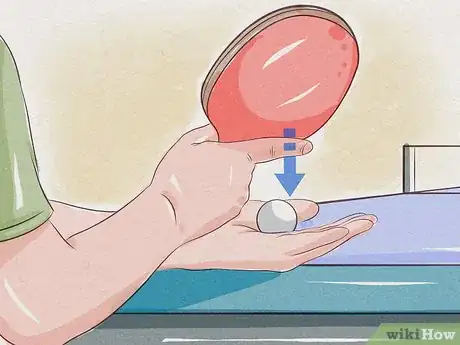
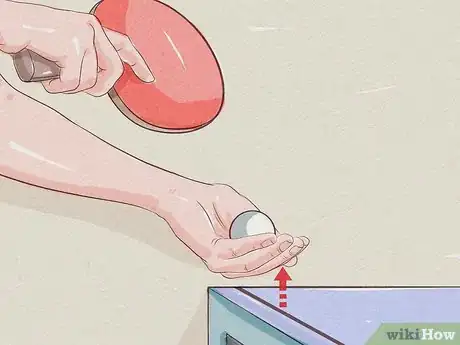
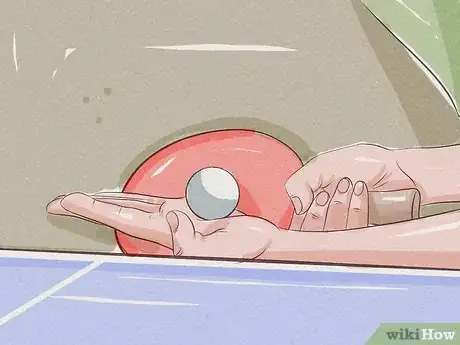
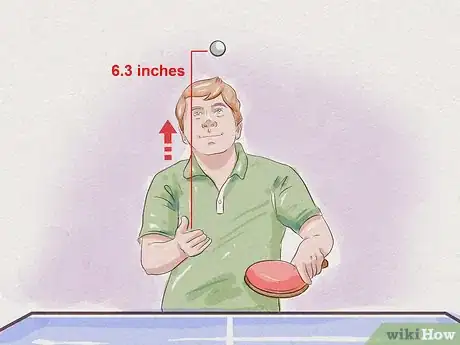
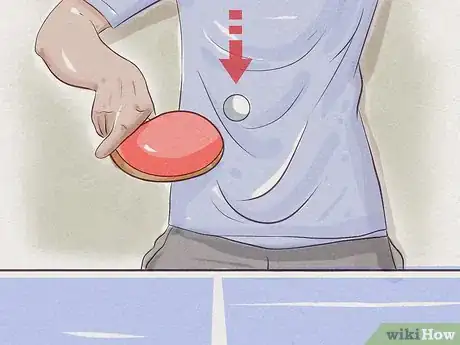
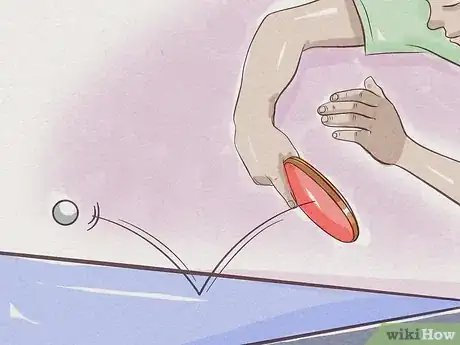
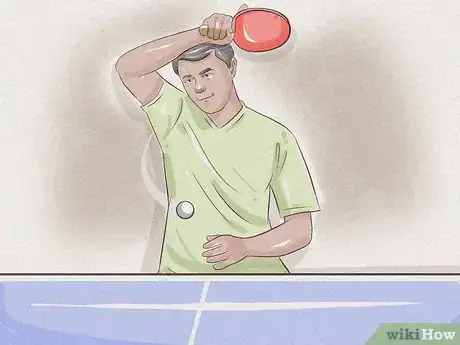
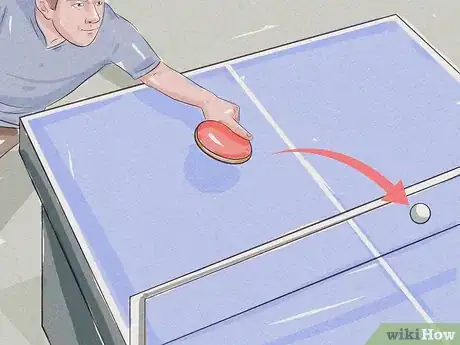
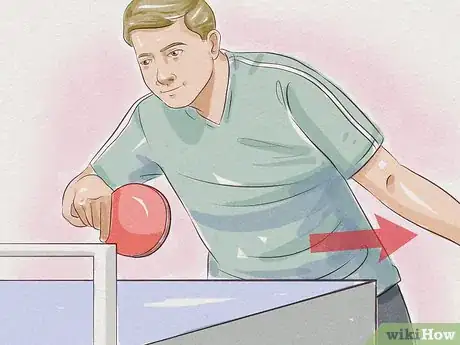
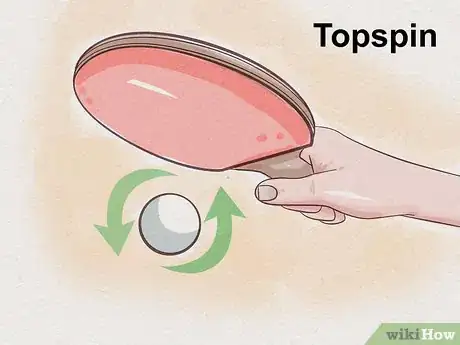
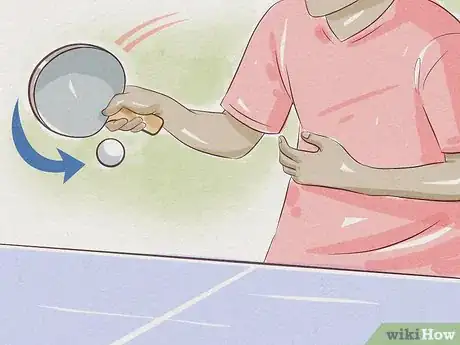
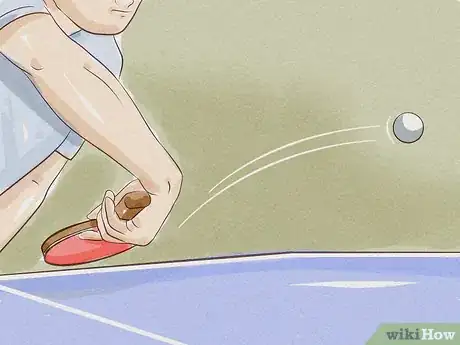
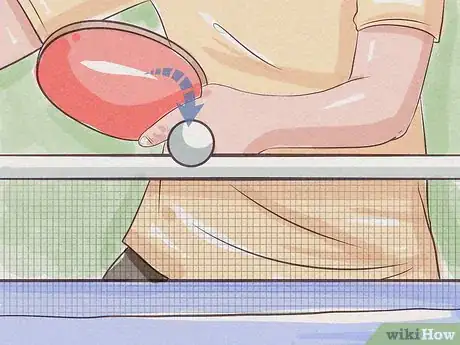

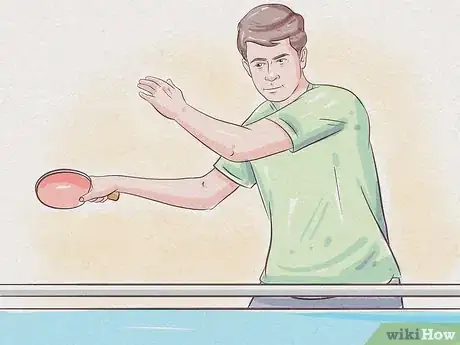
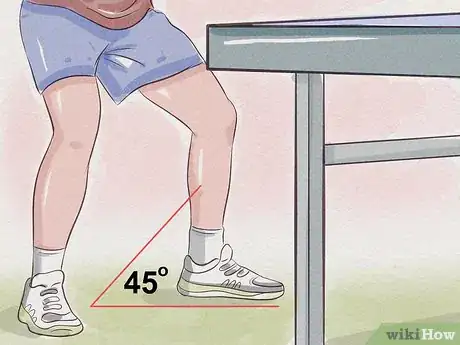
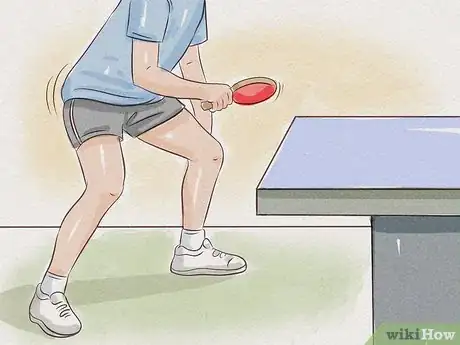

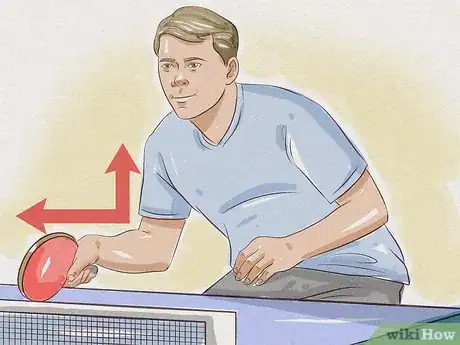
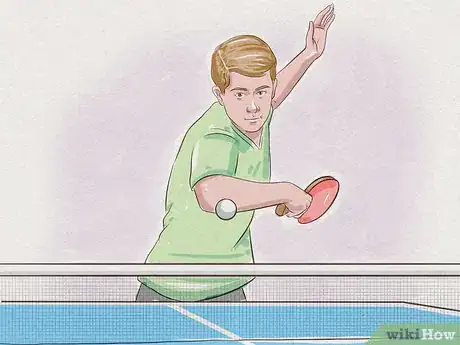
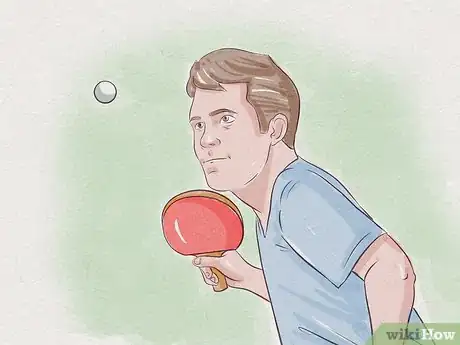
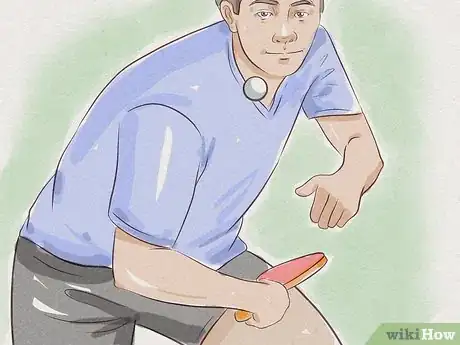
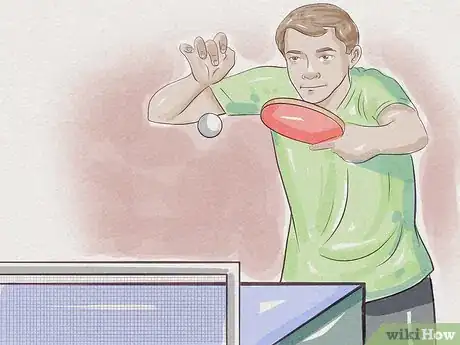
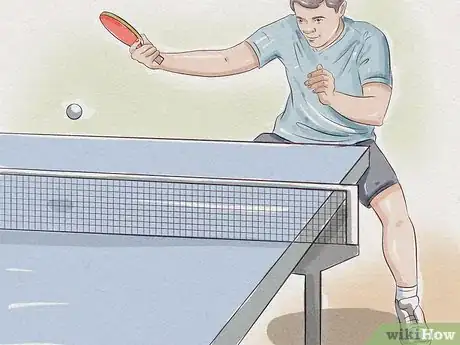
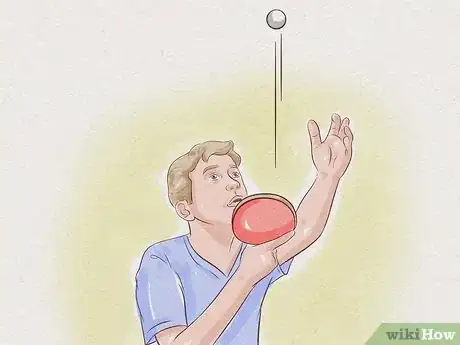
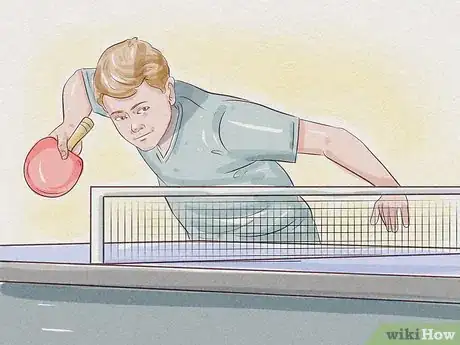
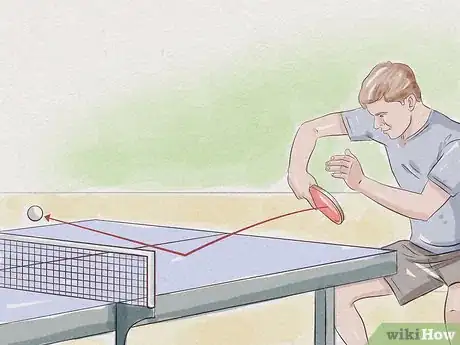
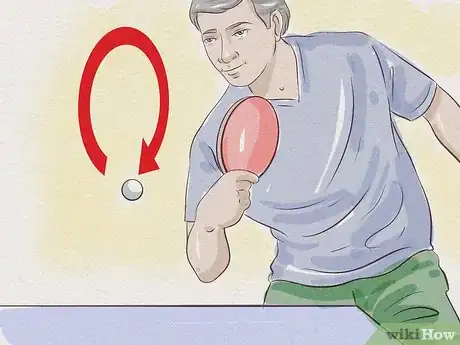
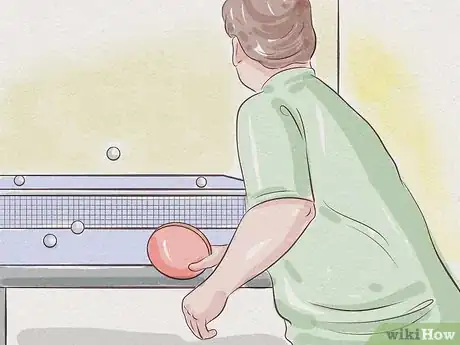
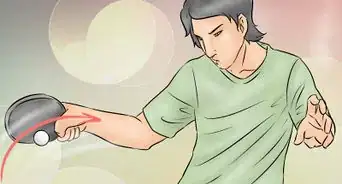
-Step-19-Version-4.webp)
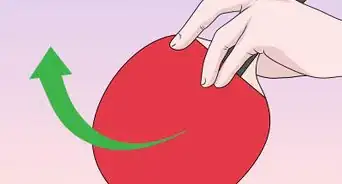

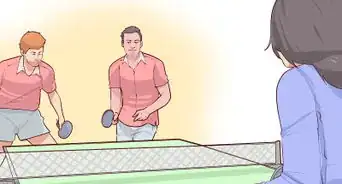
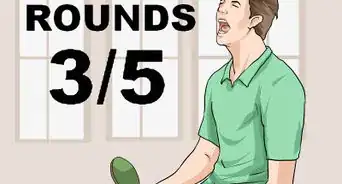
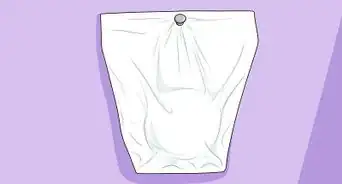
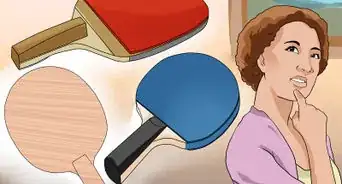
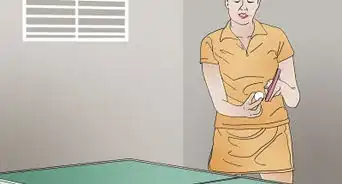










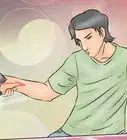
-Step-19-Version-4.webp)
